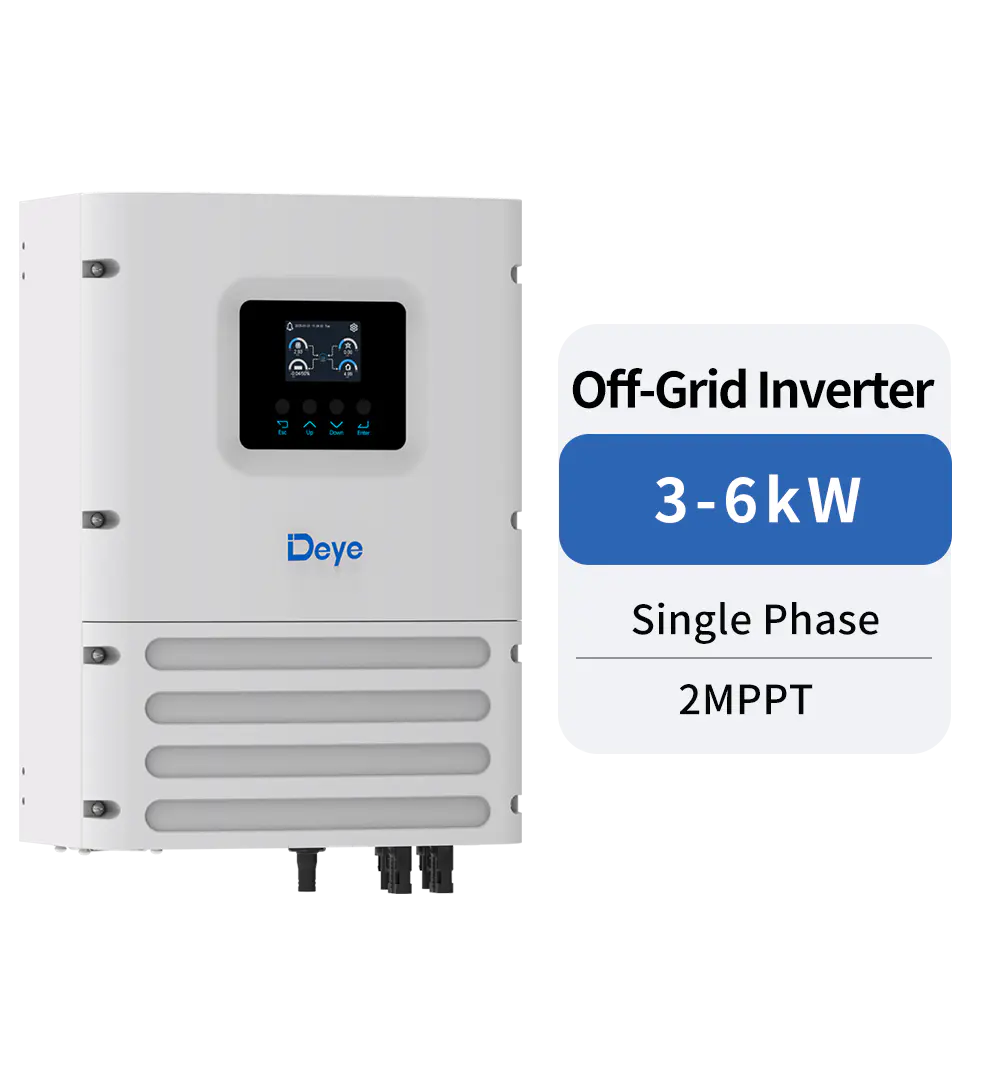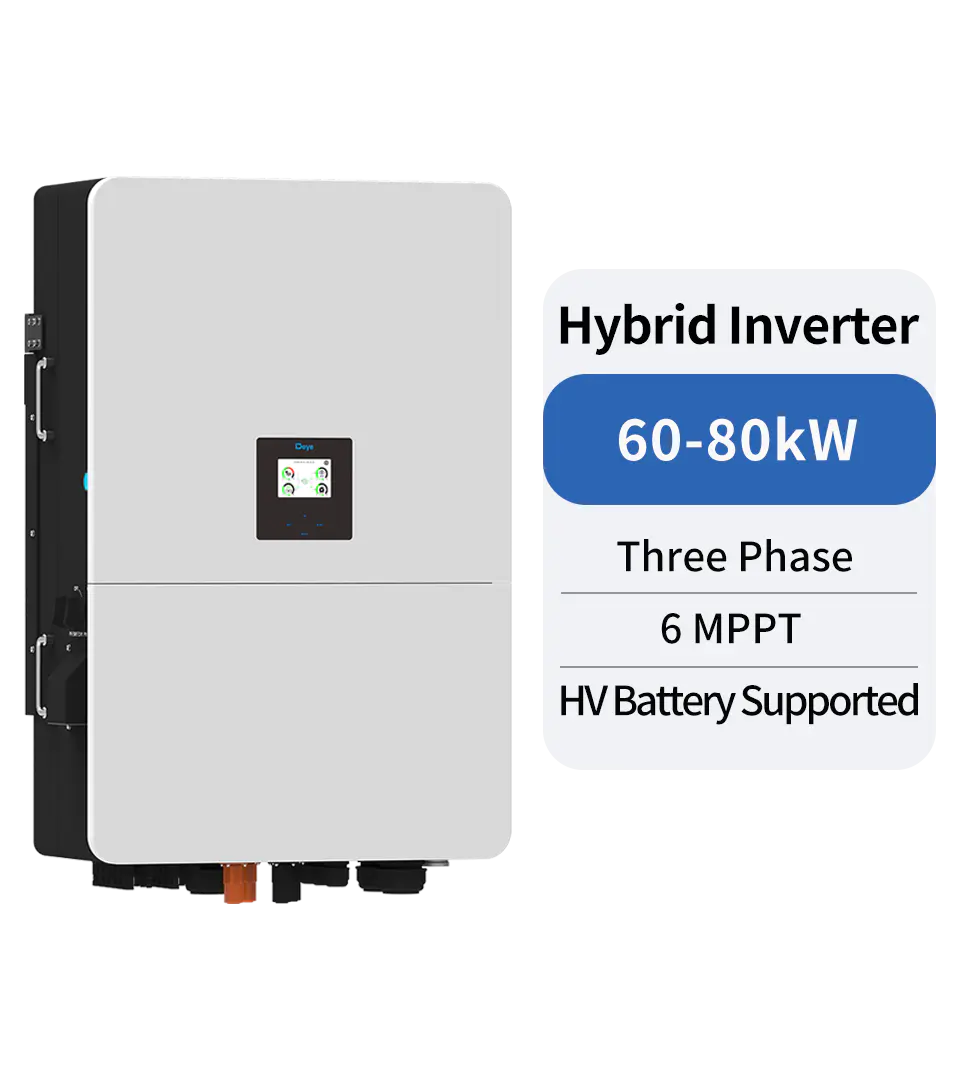Technical Topics
How to Control Leakage Current in Solar Inverter
Leakage current is something that we encounter in our daily lives. It is one of the main reasons why we need to be very careful with the devices that we are using to convert our power supply. A Leakage Current in a Solar Inverter is a device that actually measures how much current is coming in or going out from the device. This current is measured in amps and if the amps are too high, you are likely to have a breaker problem. It is not advisable for you to use Leakage Current in a Solar inverter as they can easily guide to a breaker.
One of the main reasons why this device is used to measure the current is because they are able to better detect the smallest leaks. The smaller ones are those that you can expect to notice when the sunlight is not covering the panel fully. These small ones are what causes the short circuits in the solar inverter. This makes it very important that you have a very good understanding of the Leakage Current in Solar Inverter before you purchase one for your home.
There are two types of Leakage Current in Solar Inverter that you can choose from. There are the physical and the electronic type. For the electronic version, there are relay-based devices that run on a small amount of current each time the sensor detects a fluctuation. You can find this type in more of the devices that use photovoltaic cells. For the physical system, you will only find a small unit that runs on direct current.
-g04-3phase-deye.偏侧-2.png)
There is another type of Leakage Current in a Solar inverter, which is the switching type. This is also referred to as a pulse inverter. This is the more common type of device that many people use to convert the current into alternating current (AC). The pulse inverter has two independent sets of circuits. One circuit is used to switch the AC power from the solar panels to the normal power outlet. The other pulse inverter device is used to send the alternating current to the battery.
This means that the pulse inverter device should always be on while your solar system is working. This will ensure that your device is working in a constant current. However, if the main power goes out then the device will not work and you would need to replace the whole solar inverter. There is another problem that can occur if the switching current is not on while the solar inverter is working. This is known as the "firing" effect and it causes a lot of damage to the device.
One way that you can deal with this problem is to use a battery backup. This means that you should store your backup batteries in the event that the primary ones run out of charge. In more systems the primary battery is designed to monitor the charge level of the main battery. If the primary one is damaged by too much Leakage Current then the standby battery will start working automatically. In this way you can very easily reduce the Leakage Current of your solar inverter.
You can also control the Leakage Current by manually turning off the main alternating current before it reaches the required level. However, in this case you are risking a short as well. For this reason, the automation systems come with a feature called "Automatic On" and "Manual Off". This feature monitors the primary voltage and automatically turns off the inverter when the desired level is reached. The only problem with this system is that sometimes the inverter may need to be restarted for the solar panel to come into operation.
The other option is to purchase an auto restart device. These devices are usually small and easy to install. They can be easily connected to the main power input of the home. They sense the voltage difference between the primary and secondary sources. When the difference is detected they automatically turn off the inverter. However, this method has a drawback as it can only detect the overload condition before the system shuts down completely, hence the risk of overloading still persists.
PREV:What are the main considerations for the selection of industrial and commercial photovoltaic inverters?
NEXT:Three-Phase Hybrid Inverter
Share
Product recommendations
news recommendations
-

-
 Green Industry, Bright Future: Deye Distributor Summit – Dubai 2025 Concludes Successfully
Green Industry, Bright Future: Deye Distributor Summit – Dubai 2025 Concludes SuccessfullyIn November 2025, Deye Group successfully hosted the “Green Industry, Bright Future—Deye 2025 Dubai ...
-
 Deye’s Malaysia Johor Manufacturing Base Officially Breaks Ground — A Key Step Forward in Its Globalization Strategy
Deye’s Malaysia Johor Manufacturing Base Officially Breaks Ground — A Key Step Forward in Its Globalization StrategyOn October 2, 2024, Deye Group (hereinafter referred to as “the Company”) held a groundbreaking cer...

 China - 简体中文
China - 简体中文 Global - English
Global - English Brazil - Português
Brazil - Português Netherlands - Dutch
Netherlands - Dutch Italy - Italiano
Italy - Italiano Germany - Deutsch
Germany - Deutsch Spain - Español
Spain - Español France - Français
France - Français Vietnam - Tiếng Việt
Vietnam - Tiếng Việt Poland - Polski
Poland - Polski Australia - English
Australia - English


